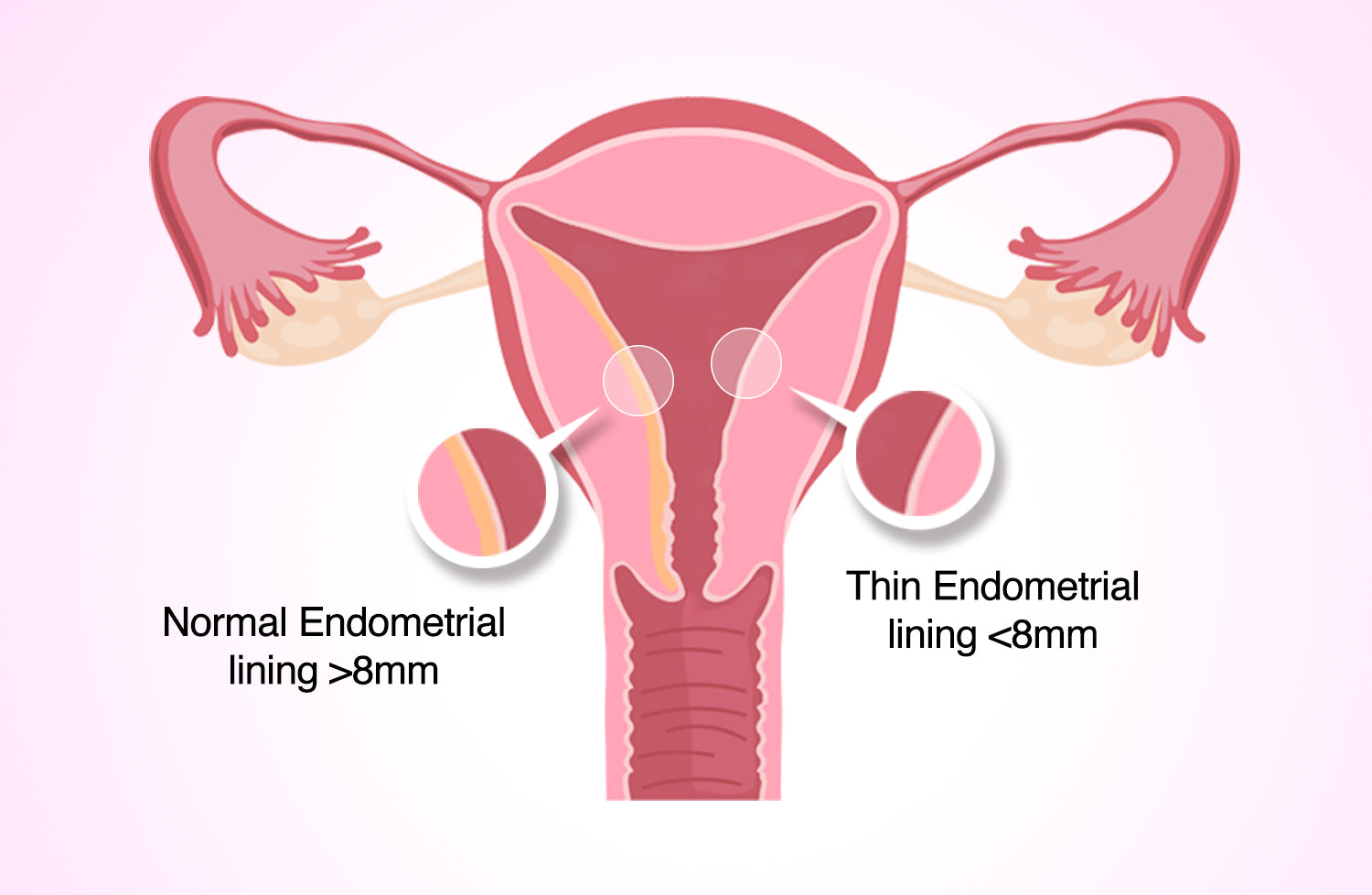IUD’s (Intrauterine Devices used for contraception) have come a long way and are a favorite of young women, especially those that have suffered from painful and heavy periods in the past. But why do they lighten periods or even make them disappear? What does this mean for your future fertility?
IUDS come in a variety of shapes and sizes but the only one that is truly non-hormonal, which is the copper Paragard IUD. The Mirena IUD, for example, is part of the “progestin” hormonal IUD family (which also includes Skyla and Liletta) made of a hormone called levonorgestrel from the progestins family.

Progestin is NOT the same as Progesterone
A common misconception about the progestin IUD’s is that they are the same as naturally occurring progesterone (that beautiful hormone that helps sustain pregnancies and makes you feel calm).
Progestins are a class of medications that work locally in an IUD to thin the lining of the uterus to prevent implantation. Estrogen typically functions by promoting proliferation and growth of the endometrial lining. When progestin is present locally, it prevents this response from estrogen and keeps the lining of the uterus thin.
While this is a desired effect to diminish heavy periods…. It isn’t without potential consequences for fertility.
The endometrial lining should ideally be more than 7mm for ideal egg implantation. After years of using progestin-only IUD’s, we’ve seen clinical problems with fertilized egg implantation, due to a thinned uterine lining.

A good conception process begins with proper preparation!
If you’ve used a progestin IUD, there is no need for concern. What is important is to keep in mind you’ll need 3-6 months to rebuild that endometrial lining after having the IUD removed.
Giving your body at least 6 months to regulate hormones and build back that endometrium can often save much of the angst that comes with trying to conceive after stopping hormonal contraception.
How can I support my endometrium?
Herbs are a fantastic way to coax the body into healing and support fertility. There a couple that really shine when it comes to thin endometrial linings.
Shatavari and Black Cohosh can be a fantastic part of a pregnancy-preparation plan! Studies with black cohosh demonstrated protection of the uterine lining, even when used with conventional treatments such as clomid.
On an IUD and Ready to TTC (Try to Conceive)?

Start planning early to get your hormones back in regulation, and be sure to include your medical professional on your preconception plan. It’s important to nourish your body well, and consider jumping on your prenatal at least 6 months prior to trying to conceive to best support the body for pregnancy, as well as any other supplements.
Then, begin tracking your cycles with a fertility app like Premom! It can take some time to for your body to re-balance and for you to learn your personal cycle pattern. Keeping track of when you ovulate with ovulation tests, will help you understand when your body is back on track and ready to support your new baby.

Dr. Patti Haebe is a results-obsessed naturopathic doctor. She specializes in pre-conception preparation, fertility and hormone optimization. She is committed to root-cause healing through therapeutic supplementation as well as targeted diet and lifestyle modifications. Her virtual practice, Ocotillo Integrative Medicine, provides integrative consultations worldwide via webcam for those looking to incorporate natural, proactive approaches to their healthcare and fertility journey. Schedule a consultation with Dr. Haebe right through your Premom app!





